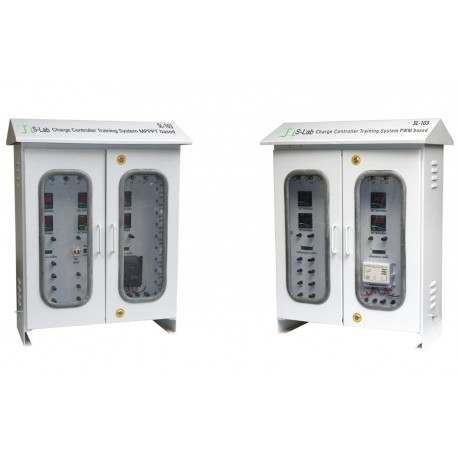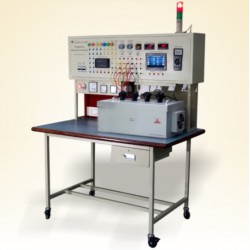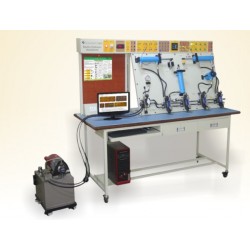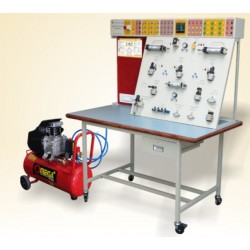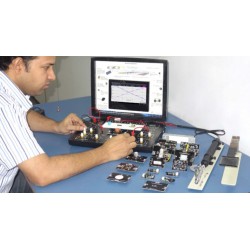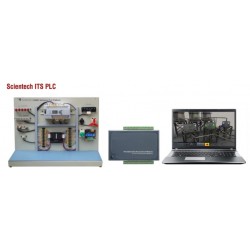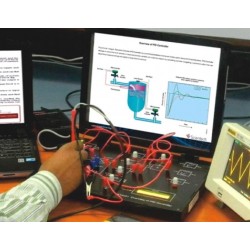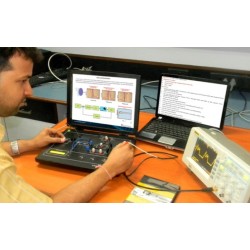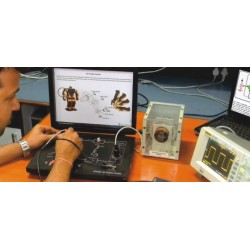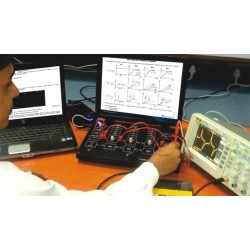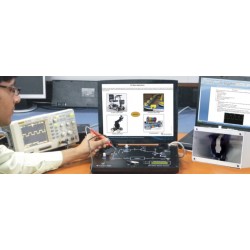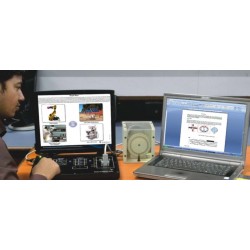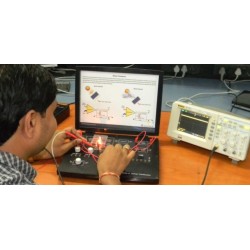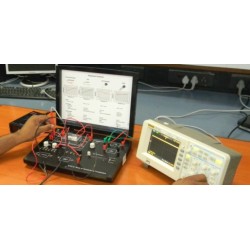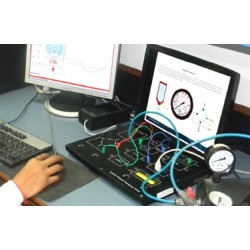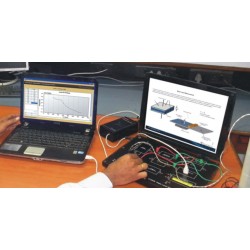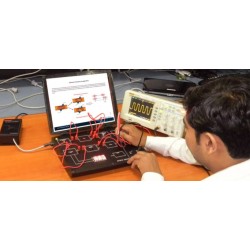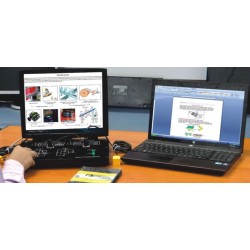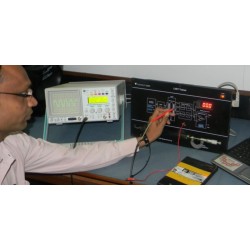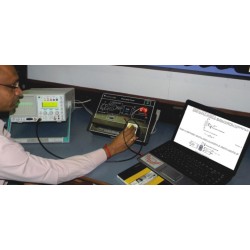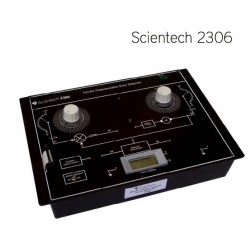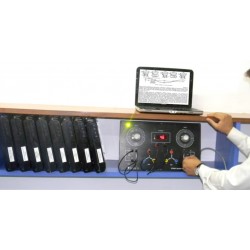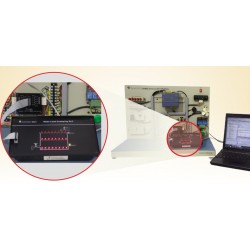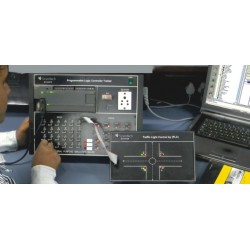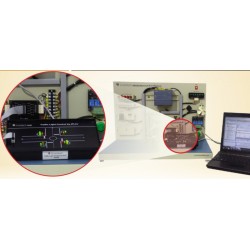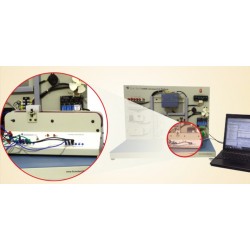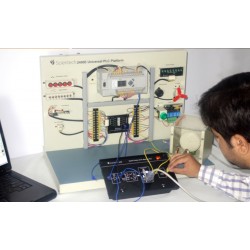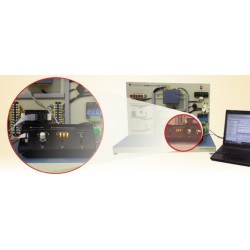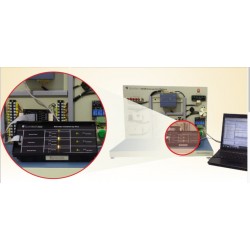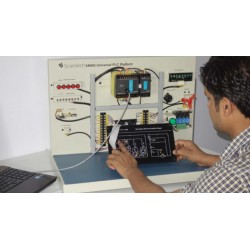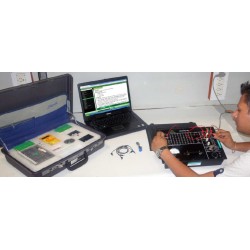No products
Prices are tax excluded
Product successfully added to your shopping cart
There are 0 items in your cart. There is 1 item in your cart.
SL-103 Charge Controller Training System
SL-103
New
This set up helps to understand the difference between MPPT and PWM charge controller depending on:
- Series and parallel combination
- Effect of sun tracking at different angle of inclination
- Time taken by battery to get fully charged
- To measure input power and output power to get efficiency of MPPT and PWM charge controller
- Consulta este producto
- Remove this product from my favorite's list.
- Add this product to my list of favorites.
| Category | Solar Energy |
It is desirable to operate the PV module at the maximum power point so that maximum power can be delivered to the load under varying temperature and insolation conditions. This is where MPPT (Maximum Power Point Tracking) and PWM (Pulse Width Modulation) charge controller comes into play in the system.
- Features:
- System integrated with MPPT charge controller and PWM charge controller along with the batteries.
- Simple variable load demonstration by varying the number of bulbs turned on at a time.
- Performance analysis by comparing the output of the PV module with MPPT Charge Controller and with PWM controller.
- Display units for Voltage and current measurement.
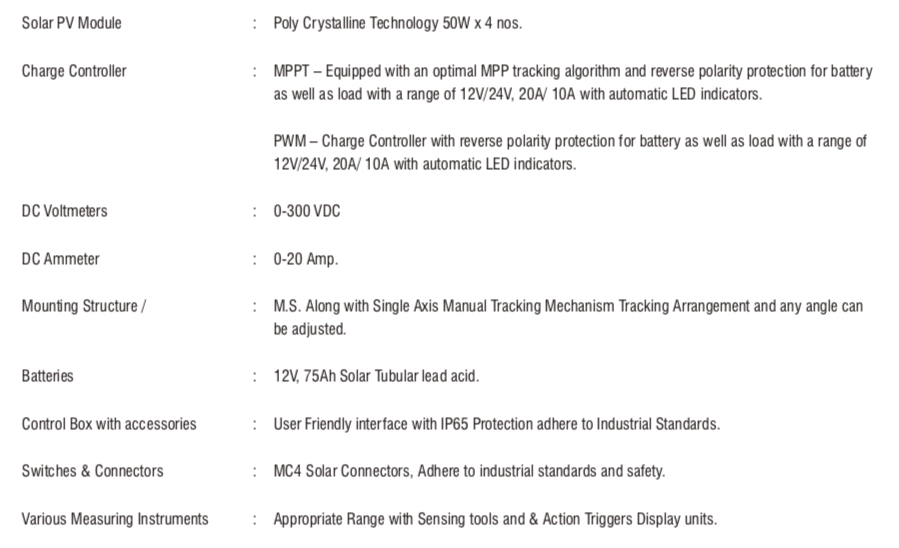
- Performance analysis of PWM and MPPT type charge controllers.
- Study the effect of single axis tracking on power produced by the PV modules.
- Study the effect of change in voltage and current of solar panels by series and parallel connections.
- Find out the efficiency of MPPT based charge controller.
- Find out the efficiency of PWM based charge controller at different loads.
- Find out the change in efficiency of PWM and MPPT charge controllers with change in battery voltage (no load connected).
- Find out the time taken by PWM and MPPT charge controllers to charge the battery from one state to another (needs controlled discharging of batteries as we are giving only 1 battery).

